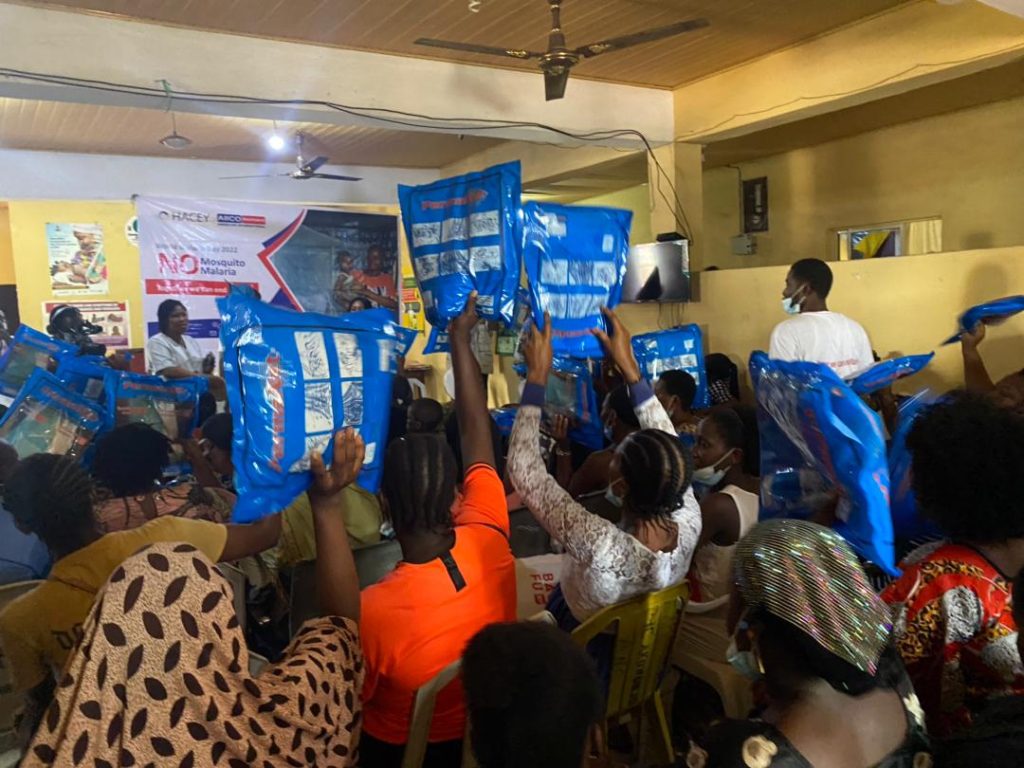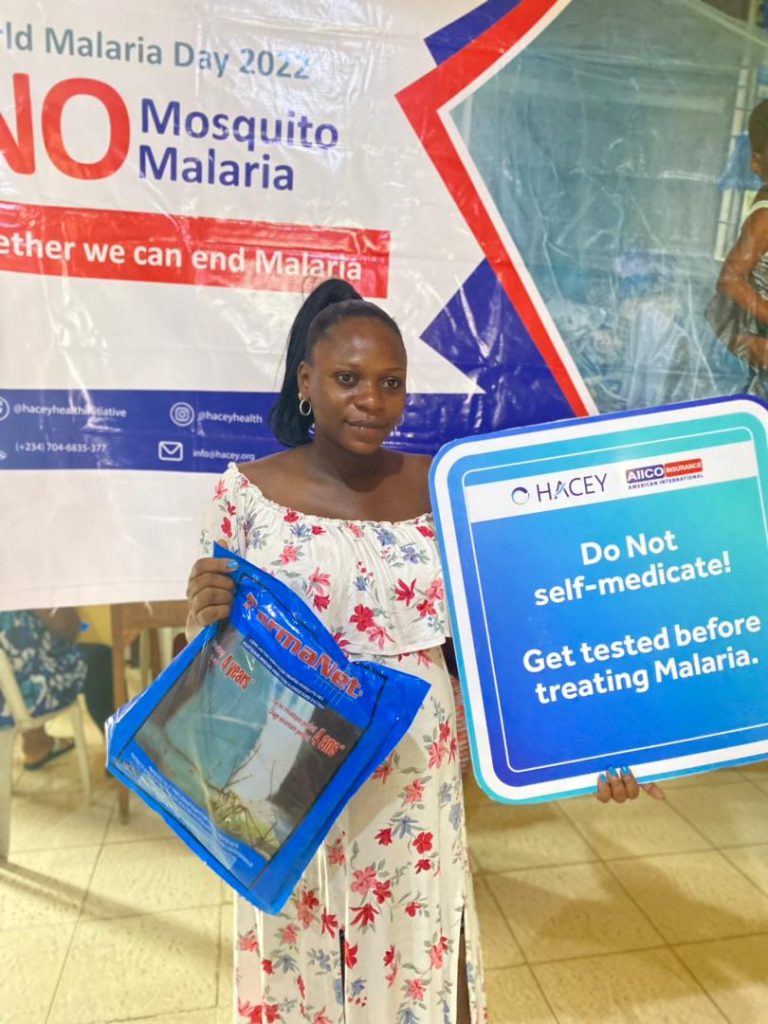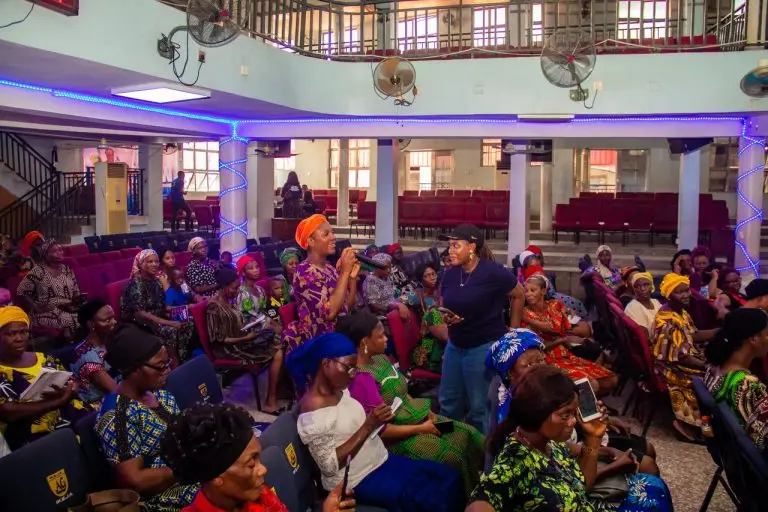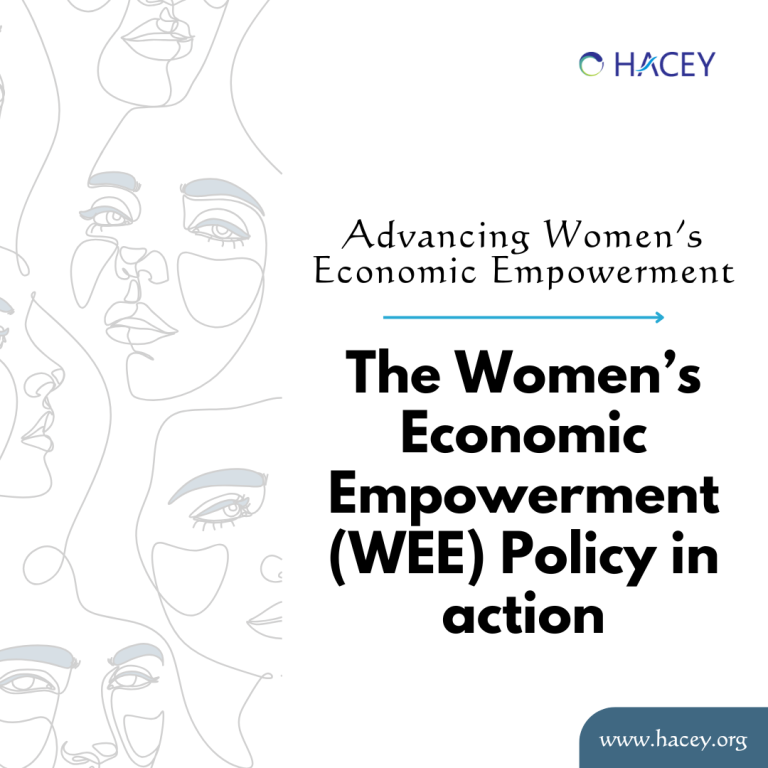The goal of the majority of current National Malaria Control Programs, as well as the majority of malaria activities, is to reduce the number of malaria cases and deaths. To bring malaria transmission down to such a low level that it no longer poses a public health threat, and is ultimately under “control.”
The term “control” of malaria is distinct from the terms “elimination” or “eradication” of malaria. The term “elimination” refers to the complete removal. “Global elimination” is the term used to describe eradication. Malaria eradication will not be complete until the disease has been eliminated from the natural world.
In light of recent increases in available resources, political will, and commitment, discussions have centered on the possibility of malaria eradication.

Malaria has proven to be extremely difficult to control in Africa, where it has wreaked the greatest havoc. In this case, a number of factors are at play, including an efficient mosquito that transmits the infection, a high prevalence of the deadliest species of the parasite, favorable weather conditions, a lack of health-care infrastructure to address the disease, and high intervention costs that are difficult to bear in low-income countries.
However, the scaling-up of effective, safe, and proven malaria prevention and control interventions made possible by global support and national commitment has demonstrated that when these interventions are used together, the impact of malaria on residents of malaria-endemic countries can be significantly reduced.
The choice of interventions is determined by the level of malaria transmission in the area (e.g., in areas of low transmission level, intermittent preventive treatment for pregnant women [IPTp] is usually not recommended). Among the malaria treatment and prevention interventions that have been identified as effective are the ones listed below.
- Nets that have been treated with insecticide (ITNs)
- Pregnant women should receive intermittent preventive treatment for malaria (IPTp)
- Infancy is treated with intermittent preventive treatment for malaria (IPTi)
- Spraying residuals in the home (IRS)
Most malaria-endemic countries rely on four interventions to combat the disease: case management (diagnosis and treatment), insecticide-treated nets (ITNs), insecticide-treated bed nets (ITPs), and insecticide-treated netting (IRT).

Other interventions are used on occasions, such as Interventions for larval control and other vector control measures, the administration of large quantities of drugs and the treatment of large numbers of fevers. Apart from that, several companies and organizations are working on the development of a malaria vaccine, but at the moment there is no effective malaria vaccine available in the market.
HACEY has been committed to help eradicate malaria in Nigeria through various health interventions. Visit hacey.org for more information.
Written By:
Michael Adegboye


